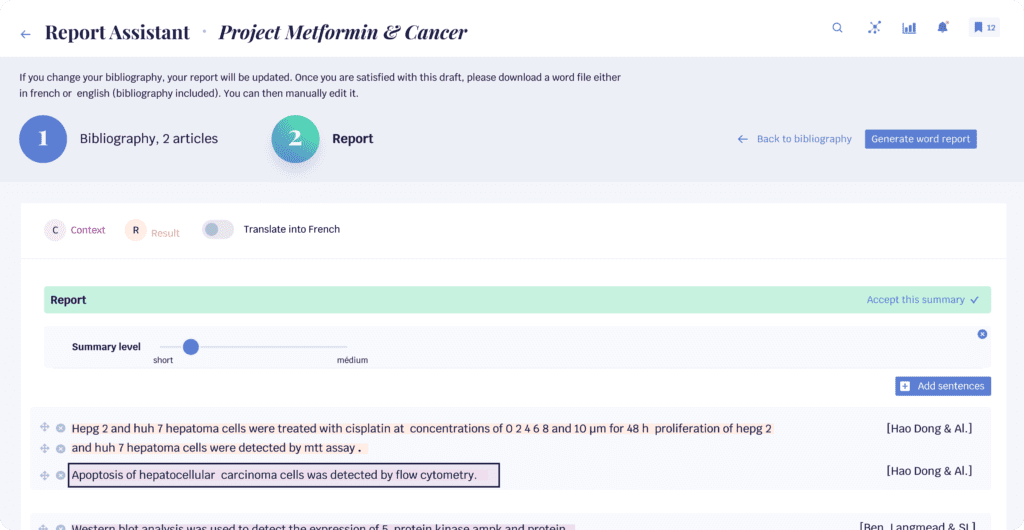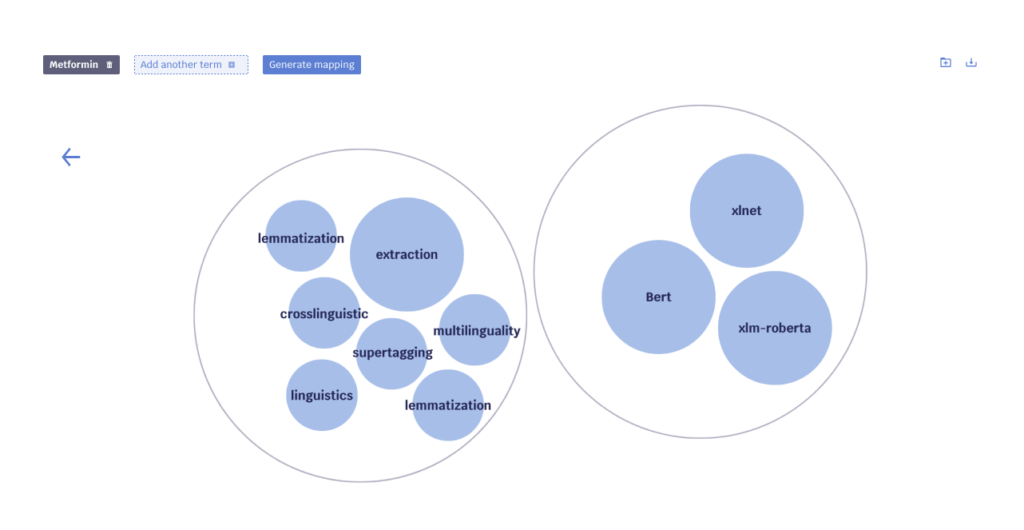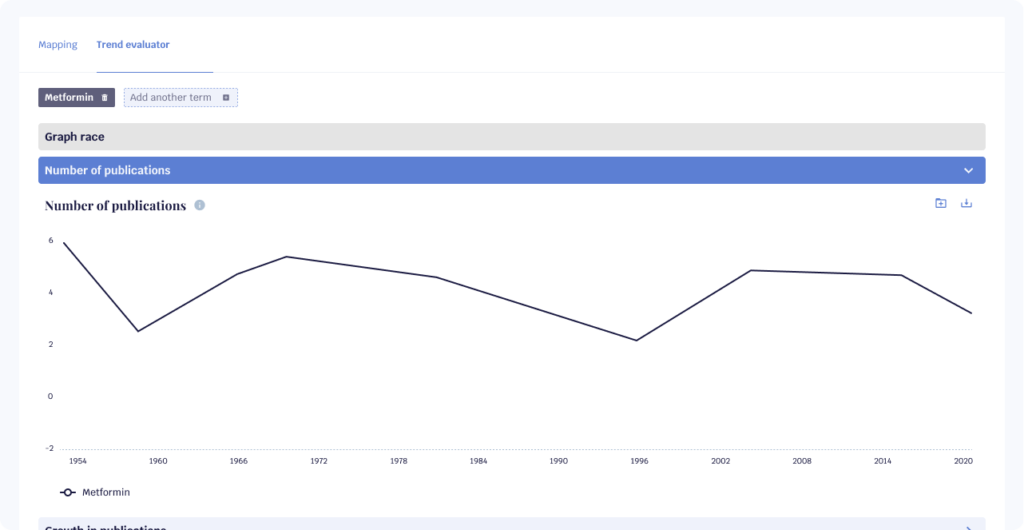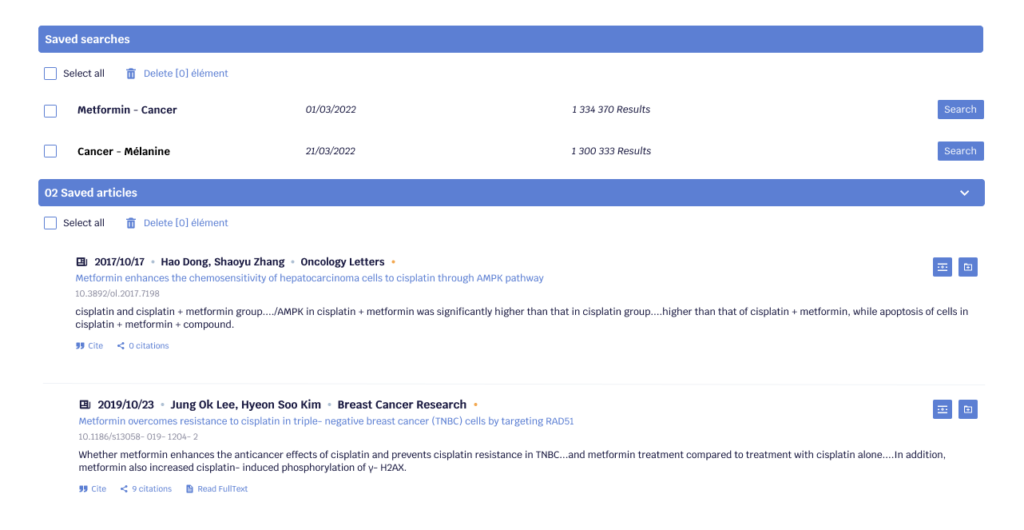Mastering Bibliometrics: Your Guide to Understanding Scientific Metrics
Bibliometrics is a field of information science that has gained importance in recent decades.
It involves the application of quantitative methods to analyze scientific production, academic publications, and references to measure the impact, visibility, and quality of research.
But what are the objectives of bibliometrics, and who can benefit from this approach? That’s what we’ll explore in this chapter.
Table of Contents :
Understanding Bibliometrics
First and foremost, bibliometrics is a powerful tool for assessing scientific research. It allows the analysis of bibliographic data on a large scale to extract essential information. Specifically, it focuses on elements such as :
Publications
The number, frequency, and quality of publications in a specific field.
Journals
The relevance and reputation of academic journals.
Authors
The impact of individual researchers in their research domain.
Institutions
The influence and quality of research produced by universities and research institutions.
Bibliometrics relies on bibliometric indicators, such as the impact factor, h-index, and other metrics designed to measure research excellence.
Objectives of Bibliometrics
The objectives of bibliometrics are manifold, encompassing various domains. Here are the main goals of this discipline :
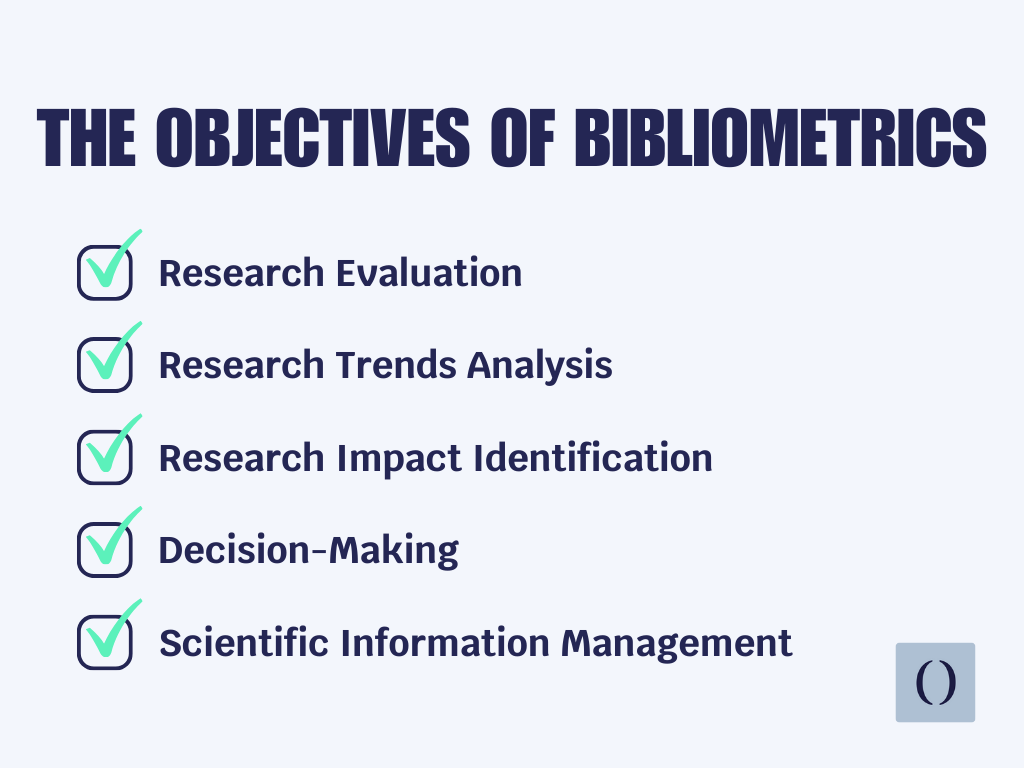
Research Evaluation
Bibliometrics is used to assess the quality, quantity, and impact of scientific research. It answers questions like: What are the most influential publications in a given field? Who are the most productive researchers? What are the most cited articles? This evaluation is essential for research recognition and funding.


Research Trends Analysis
By examining the evolution of publications on specific topics over time, bibliometrics helps identify research trends. This analysis aids in recognizing growing fields, emerging subjects, and future scientific challenges.
Research Impact Identification
Bibliometric indicators, such as the impact factor, measure the impact of publications. They assess how frequently articles are cited in other publications, indicating their influence within the scientific community.


Decision-Making
Bibliometrics is used for informed decision-making across various fields, from academic research to science policy. It influences research funding, academic recruitment, journal selection for publication, and more.
Scientific Information Management
Bibliometrics facilitates the management of vast amounts of scientific publications. It enables the search for relevant articles, tracking researcher activity, and identifying potential collaborations.

3. Choosing the Right Bibliometric Tools
Numerous bibliometric tools are available, and it’s essential to choose those that best suit your needs. Here are some of the most commonly used bibliometric tools :
- Opscidia App : This hub combines AI and scientific publications to offer innovative features, from impact identification to assessing emerging trends and identifying potential collaborations.
- Web of Science : This database offers a wide range of bibliometric features, including h-index calculation, citation tracking, and collaboration network mapping.
- Google Scholar : A free tool for searching academic articles and tracking citations. It provides an overview of a researcher’s work and its impact.
- Scopus : Scopus provides detailed information on scientific publications, including bibliometric metrics and trend analyses.
- Altmetric : It focuses on the online visibility of research, tracking mentions on social media, mainstream media, and blogs.
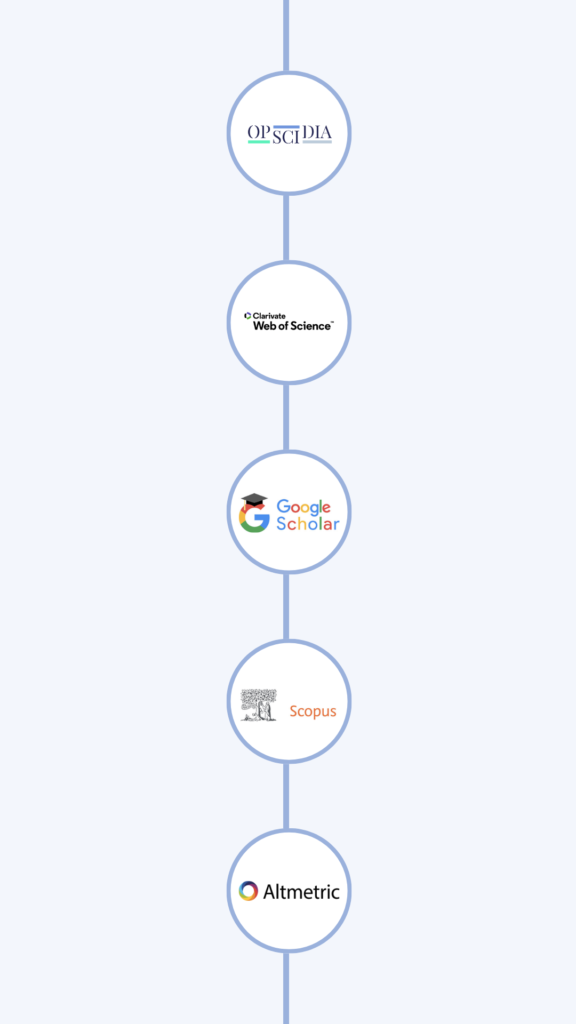
4. Bibliometric Research with Opscidia
Research Evaluation
Opscidia allows the evaluation of the quality, quantity, and impact of scientific research by:

Selecting the most impactful publications in a field using AI.

Identifying the most cited articles.

Helping you find the most relevant researchers.
Research Trends Analysis
Opscidia examines the evolution of publications on specific topics by detecting:

Emerging themes

Growing fields

Future scientific challenges

Emerging trends
Research Impact Identification
Opscidia measures the impact of publications based on your research, considering two factors :

Document relevance.

Citation frequecy.
Discover all the features designed to enhance your technological watch using AI.
